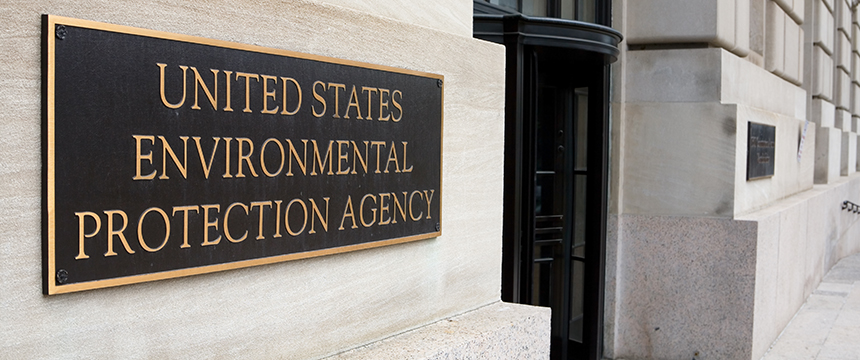Sea Change: Biden Administration Halts Trump-Era Regulation and Expands Clean Water Act Protections

The scope of the Clean Water Act is yet again in flux. In January 2020, the Trump Administration meaningfully restricted what bodies of water are protected under the Clean Water Act by narrowing the Act’s definition of “waters of the United States” (WOTUS). In doing so, the Trump administration’s rule removed federal protections for about 25% of waters that would otherwise be afforded protection.1
It comes as no surprise that the Biden Administration aims to revoke this Trump-era regulation. In fact, the United States Environmental Protection Agency (EPA) and Army Corps of Engineers commenced a formal rulemaking process to revoke and replace the Trump-era rule on June 9, 2021.2
But change came sooner than expected. On August 30, 2021, Judge Rosemary Marquez of the District of Arizona struck down the Trump-era WOTUS rule because it “conflicts with established science … and weakens protection of the nation’s waters in contravention of the [Clean Water Act’s] objectives.”3 Although the judge vacated and remanded the rule, it stopped short of issuing a nationwide injunction vacating the rule.
The Biden Administration’s EPA and Army Corps of Engineers stepped in instead. After reviewing Judge Marquez’s decision, the EPA and Army Corps of Engineers publically announced that they “have halted implementation” of the Trump-era WOTUS rule nationwide.5 The EPA and Army Corps of Engineers will revert to and apply the Clean Water Act’s 1986 definition of “waters of the United States” which provides more protection than the Trump-era rule.6
Application of the 1986 definition likely won’t last long. The Biden Administration has already started the rulemaking process for creating a new definition of WOTUS. But this process will likely take several years to complete. For example, the Obama Administration’s rulemaking process for its WOTUS rule took nearly four years to complete (and then it was repealed by the Trump administration in 2019). Meaning, any change the Biden Administration makes to WOTUS will probably take several years to become effective. In the meantime, the 1986 WOTUS definition will apply.
This most recent sea change will have an immediate and costly impact by potentially undermining Army Corps of Engineers delineations for existing and forthcoming projects. For example:
- Permits granted under the Trump-era WOTUS rule may be reevaluated in light of the expanded scope of the Clean Water Act.
- Similarly, reliance on a prior determination by the Army Corps of Engineers that no permit was needed on a project may no longer be justified because the Clean Water Act may now cover a broader purview of waters.
- Likewise, the Army Corps of Engineers may reject or reassess previously issued jurisdictional determinations because the expanded definition of WOTUS in turn expands protected waters.
- If you have projects in Florida, New Jersey, and/or Michigan, then the scope of the Clean Water Act is particularly unclear. Unlike other states, Florida, New Jersey and Michigan assumed enforcement authority for the Clean Water Act from the Army Corps of Engineers. Accordingly, the EPA and Army Corps of Engineers’ recent announcement about enforcing the 1980’s WOTUS definition may not be followed by Florida, New Jersey and Michigan given the independent nature of these state agencies.
Entities falling into any of these four categories should contact experienced environmental counsel about the impact of this WOTUS sea change and whether new permitting or jurisdictional determinations are necessary along with revised project budgeting.7
2 Id.
3 Pascua Yaqui Tribe v. U.S. Environmental Protection Agency, No. CV-20-00266-TUC-RM (August 30, 2021).
4 Id.
6 Id. This 1986 WOTUS definition presents its own challenges. For one, a fractured United States Supreme Court decision has caused regional variation in the application of the 1986 WOTUS definition. Rapanos v. United States, 547 U.S. 715 (2006) (plurality opinion). For this reason alone, it is important to rely on experienced environmental counsel to determine how this 1986 WOTUS rule impacts your pending or forthcoming project delineations in each state.
7 Entities who have begun but not yet completed work for an existing permit or jurisdictional determination should also contact environmental counsel regarding the implications of relying on the Trump-era WOTUS rule.


